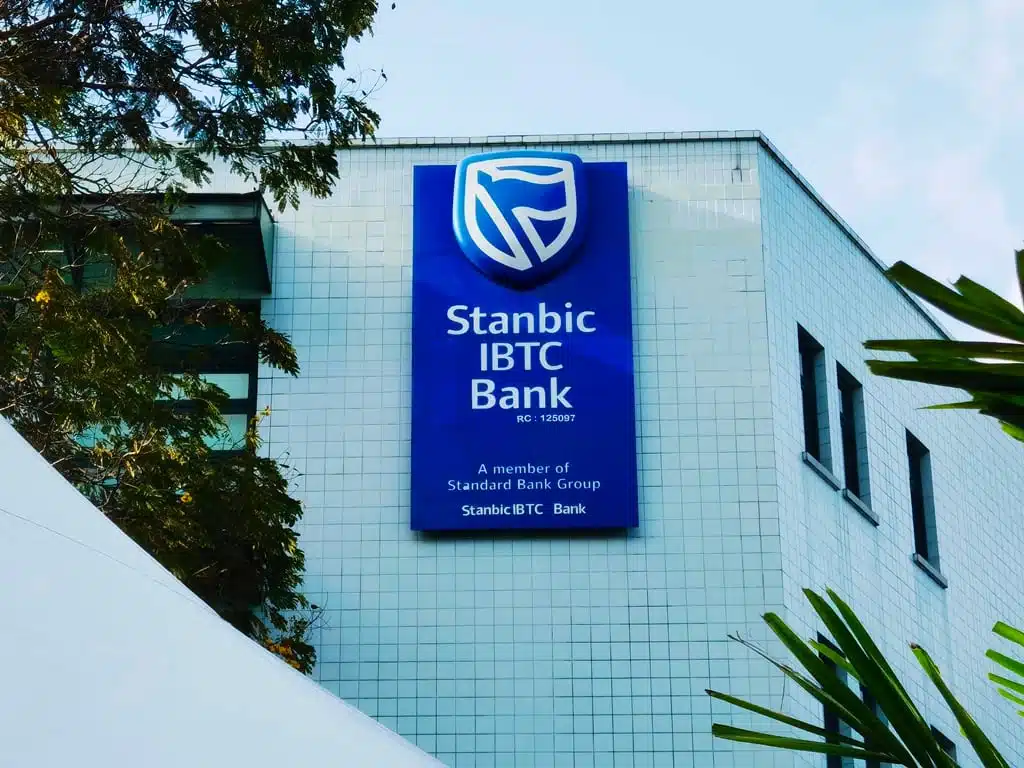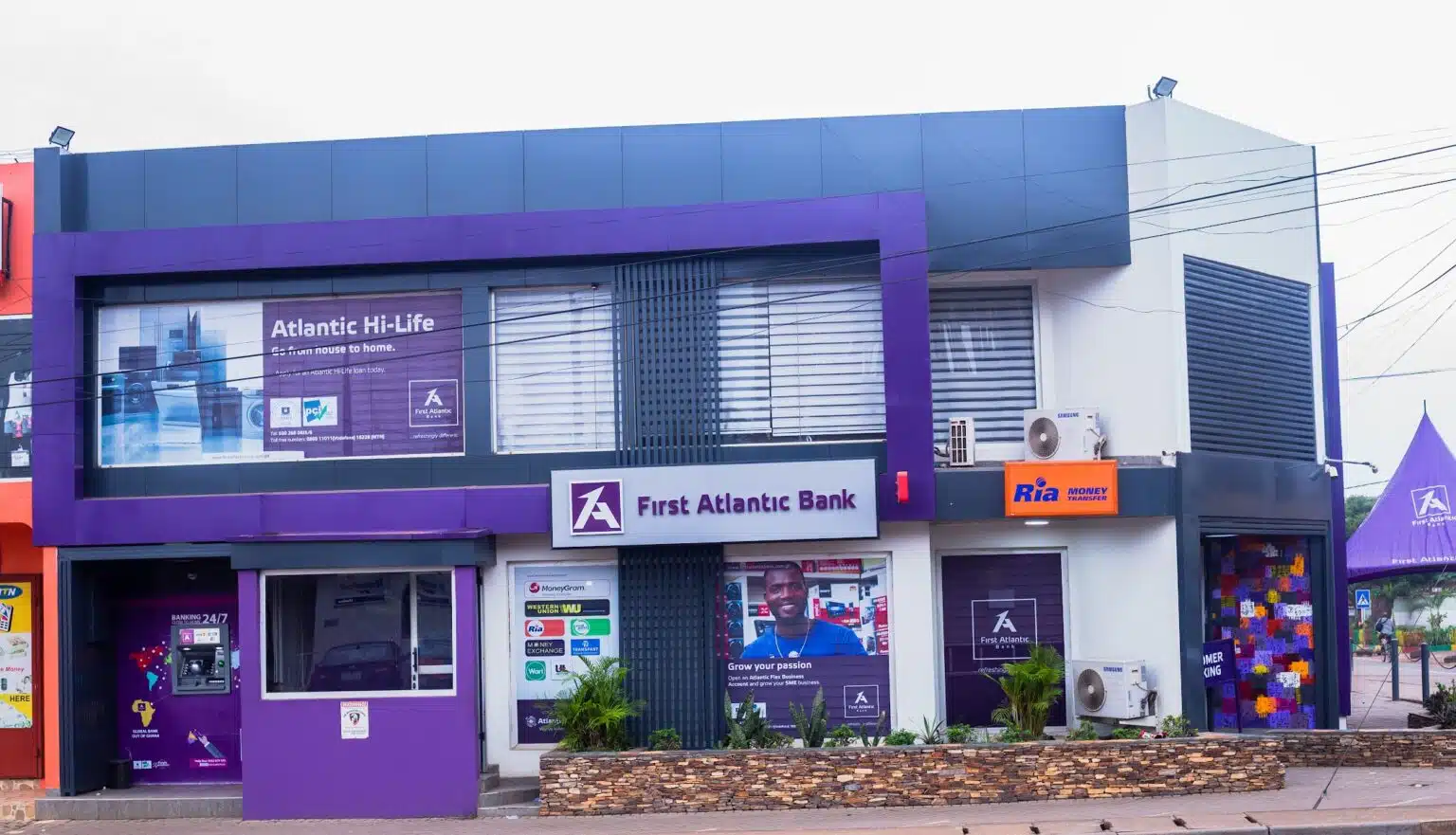Namibia’s government plans to raise $122 million from its domestic market to help refinance a $750 million Eurobond maturing on October 29, opting for a largely local strategy to meet what will be the largest single-day debt maturity in its history.
According to the Ministry of Finance, the remaining portion of the Eurobond will be repaid using the country’s sinking fund, which is expected to hold about $628 million by the maturity date.
The ministry made the disclosure via emailed responses to Bloomberg on Monday.
With domestic liquidity at a record high, the Southern African nation is banking on a combination of internal borrowing and alternative funding such as syndicated loans to manage the repayment without returning fully to international markets.
The ministry noted that several refinancing offers had already come in from international, regional, and local financial institutions, adding that a formal request for proposals is currently being prepared.
The yield on the $750 million bond climbed three basis points to 7.77% as of 10:03 a.m. in London.
To ease pressure on public finances, the world’s third-largest uranium exporter will also roll over all maturing domestic bonds during the current fiscal year, creating additional room to redeem the Eurobond.
“Furthermore, we plan to frontload the borrowing in the first half of the financial year, aligned to the domestic debt-repayment profile” for the year through March 2026, the ministry added.
The strategy marks a clear pivot from foreign borrowing, as rising global interest rates and Namibia’s worsened credit profile have widened spreads in international markets.
After issuing the Eurobonds in 2011 and 2015 at coupons of 5.5% and 5.26%, respectively, the government later hedged them at higher effective rates of 6.94% and 7.52%.
The ministry noted that over the past 15 years the total debt-service costs for the bonds amounted to $750 million.
“This was paid to offshore investors at a time when local investors had limited options,” it noted. “Now, with strong liquidity and local appetite, the government is prioritizing domestic solutions.”











